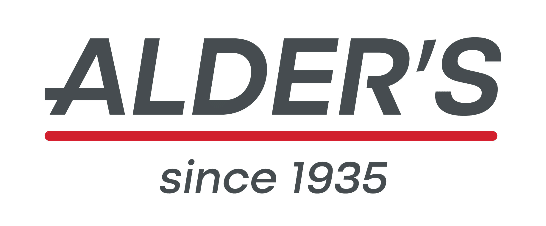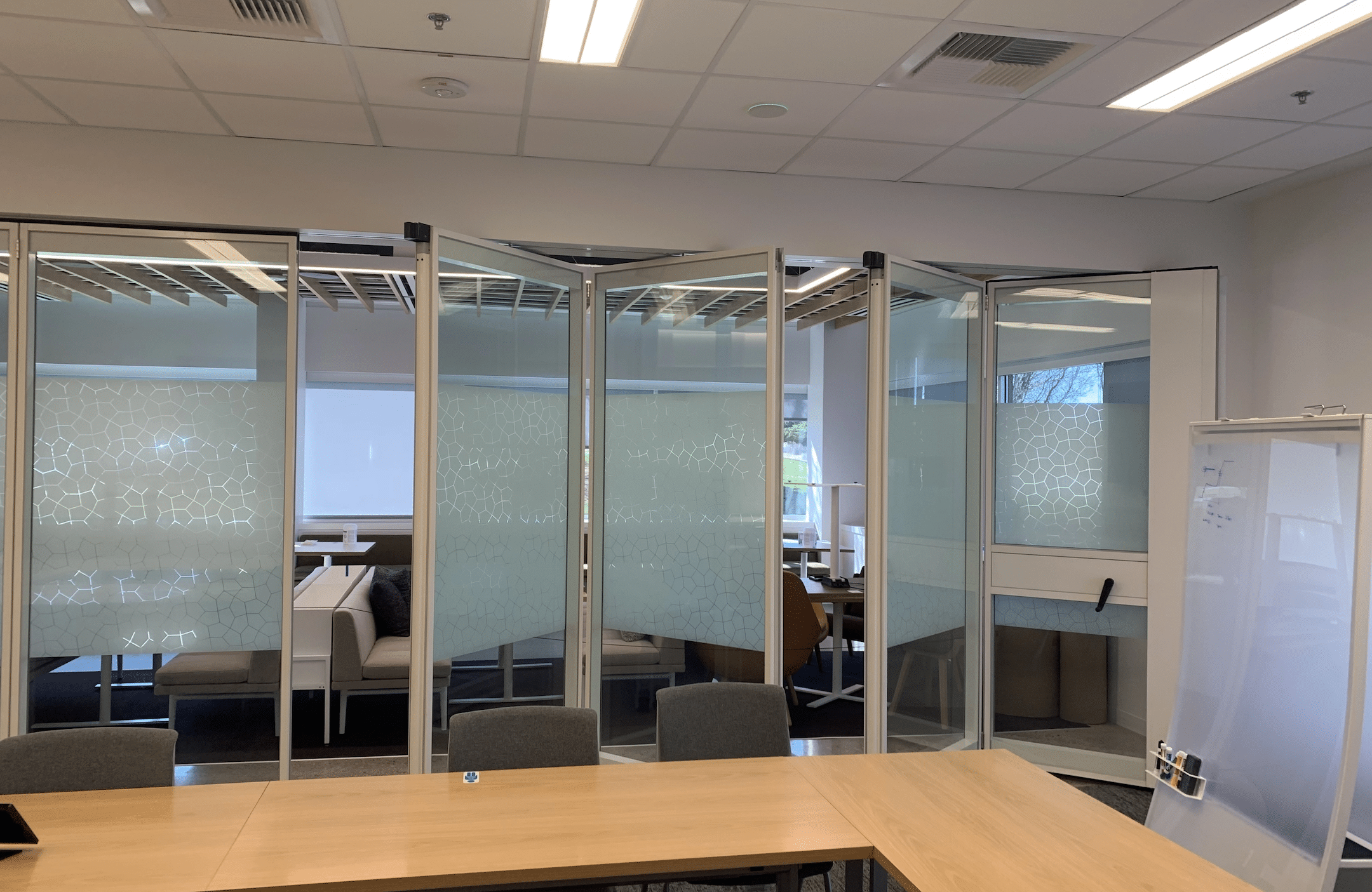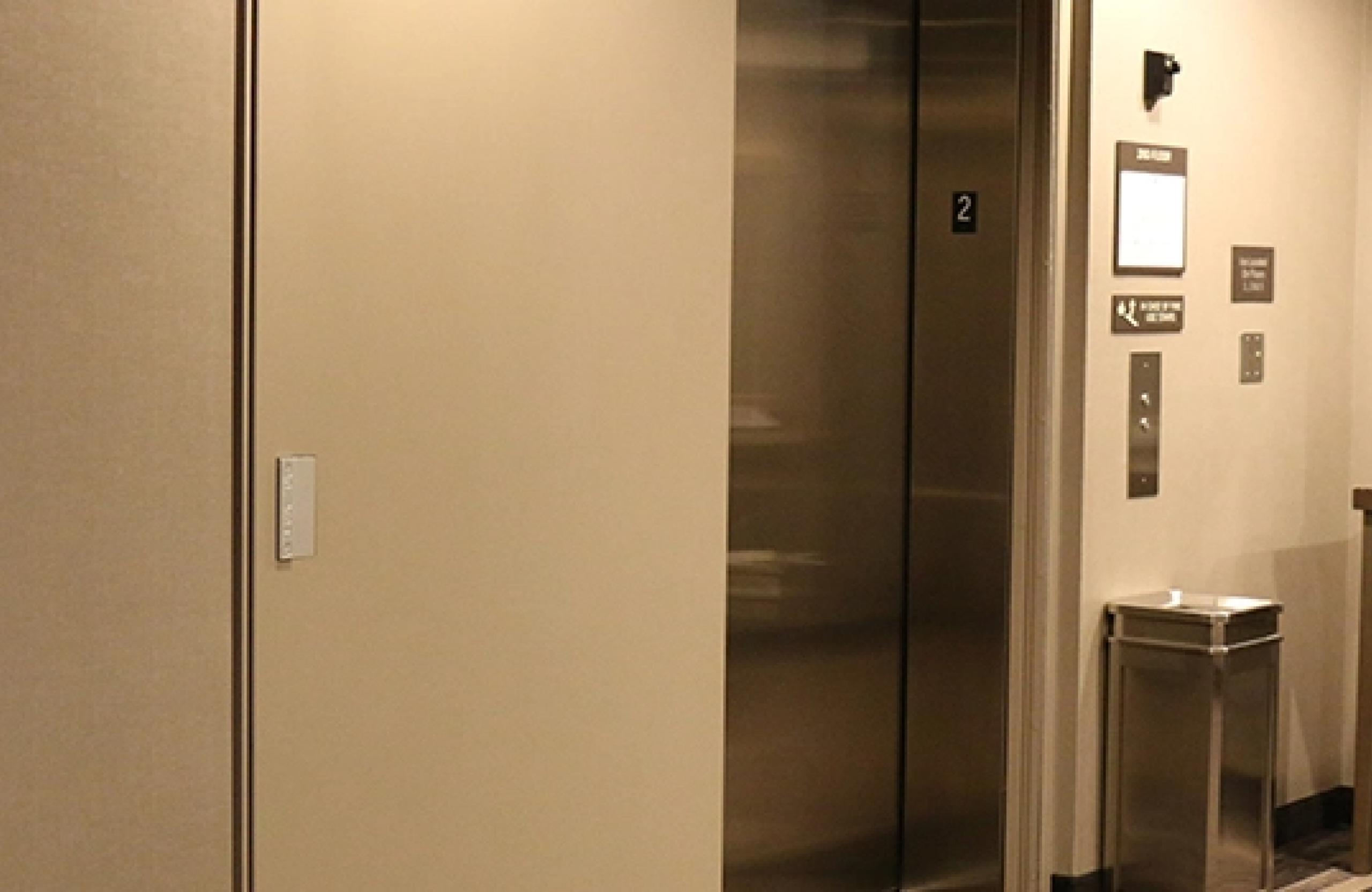The 3 Major Components of Successful Fire Containment
Fire containment is a critical aspect of commercial building safety, and understanding the key components that contribute to its success is paramount. A well-designed fire protection system not only prevents property damage during a building fire but, more importantly, saves lives. There are three major components that form the backbone of successful fire containment:
1. Fire-Rated Doors and Partitions
One of the primary components of an effective fire containment strategy is the integration of fire-rated doors and partitions to reduce or eliminate fire spread. These specialized structures are meticulously designed and constructed to withstand the intense heat and pressure generated during an active fire.
Fire-rated partitions act as a firestop: a crucial element in compartmentalizing a building. In the event of a fire, fire-resistant partitions are specially designed based on research in fire activity to create isolated sections, preventing the rapid spread of flames and smoke. The integrity of these fire-rated walls is ensured through rigorous testing and certification processes, guaranteeing their ability to withstand the harsh conditions of a fire for a specified duration as outlined by code requirements by the National Fire Protection Association.
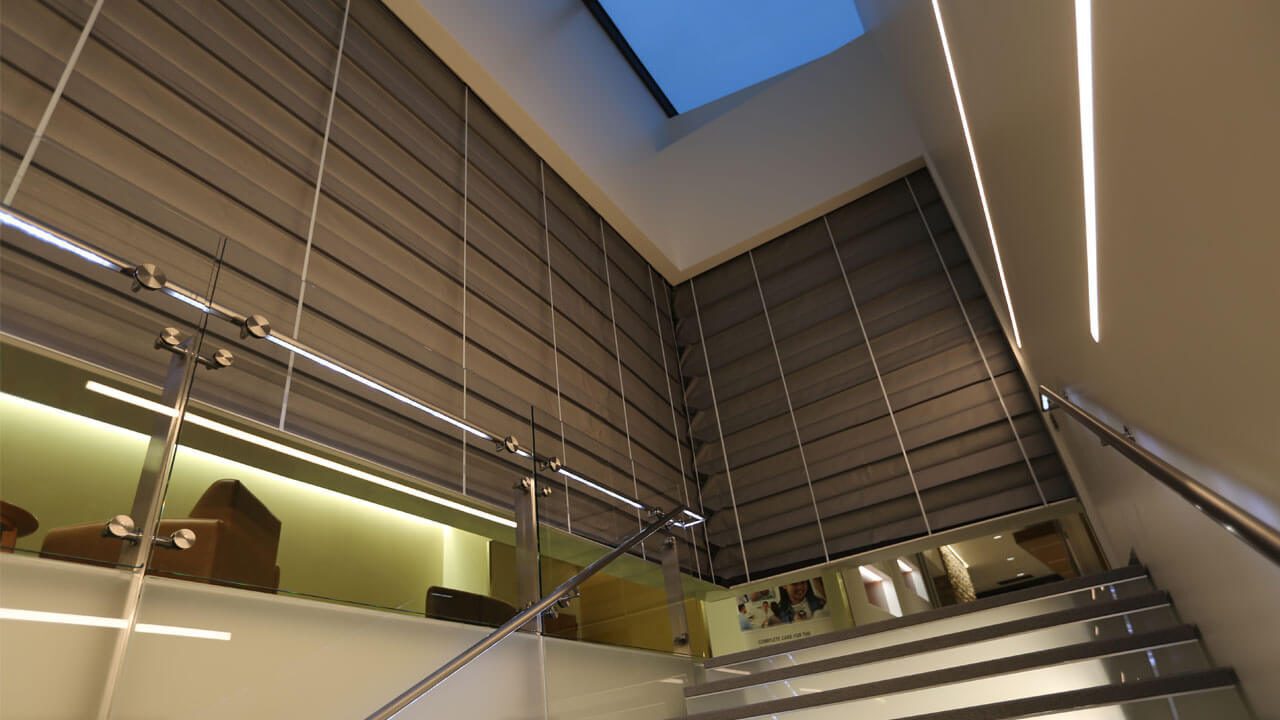
Incorporating fire-rated doors and partitions into building design not only helps in containing the fire within a specific area but also provides building occupants with valuable time to evacuate safely. The materials used in these structures are carefully chosen to satisfy building codes and are designed with code-compliant building materials that create an effective fire barrier. They balance functionality with aesthetics, ensuring that fire safety measures do not compromise the overall design and usability of the building.
2. Smoke Control Systems
While fire-rated doors and curtains address the physical containment of fire, effective smoke control systems are equally crucial in enhancing overall building safety. Smoke Guard, a leading provider of fire and smoke containment solutions, emphasizes the importance of managing smoke to facilitate safe evacuation routes and minimize health risks. In conjunction with fire extinguishers and sprinkler systems, these smoke barriers that typically consist of smoke exhaust or evacuation systems serve as passive fire protection that can control the spread of fire and deadly smoke. Because they are part of the building’s floor assembly, they are the first line of defense and work automatically in the event of a commercial fire.
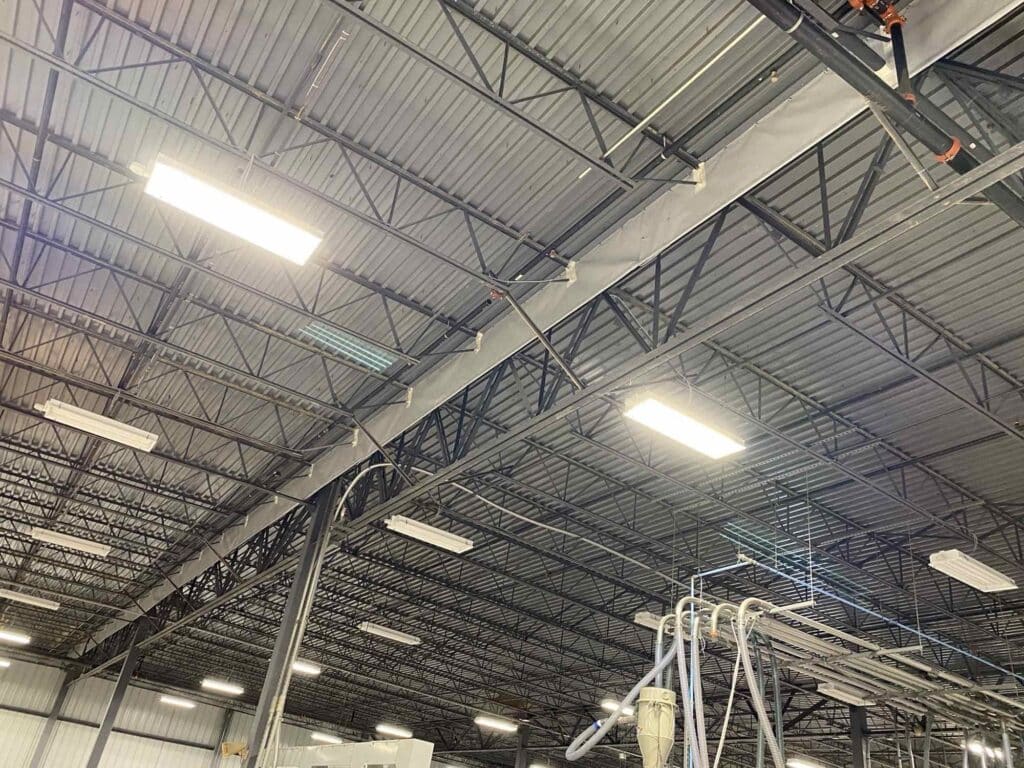
During a fire, smoke inhalation poses a severe threat to occupants. Smoke control systems utilize advanced technologies to create containment and compartmentation to redirect smoke away from occupied areas, ensuring that escape routes remain visible and unobstructed. By managing smoke effectively, these systems contribute significantly to reducing injuries and casualties during a fire alarm.
In addition to enhancing safety, smoke control systems also play a vital role in protecting property. Smoke damage can be extensive and challenging to remediate. By containing smoke to the source of the fire, these systems help minimize the overall impact on the building and its contents.
3. Dynamic Fire and Smoke Barriers
In situations where traditional doors and partitions may not be practical, dynamic fire and smoke barriers offer a versatile solution. Dynamic barriers and fire curtains automatically deploy during a fire, sealing off specific areas and creating an enclosure that prevents the rapid spread of flames and smoke.
Dynamic barriers are particularly valuable in large open spaces or areas with unique architectural challenges. These barriers deploy swiftly, creating an effective shield against the progression of fire and smoke. Their dynamic nature ensures that they seamlessly integrate into the building’s design, providing an unobtrusive yet powerful fire containment solution.
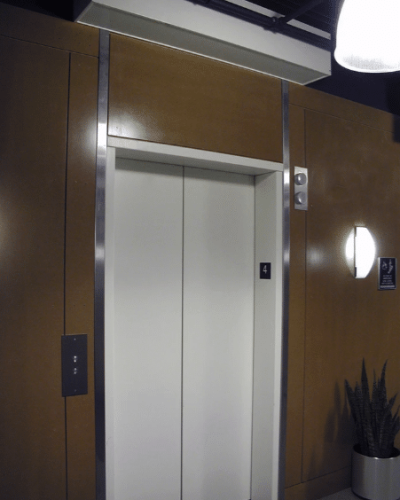
In conclusion, successful fire containment relies on the strategic integration of fire-rated doors and partitions, smoke control systems, and dynamic fire and smoke barriers made of resistant materials. By prioritizing these key components, building owners can create a robust fire containment strategy that safeguards both lives and property. Alder’s and Smoke Guard, with their commitment to innovation and safety, exemplify the industry leaders driving advancements in fire containment solutions. To learn more about the critical components discussed in this post, visit Alder’s page on fire and smoke containment and explore the cutting-edge products offered by Smoke Guard. Your commitment to fire safety today could make all the difference in an emergency tomorrow.
Alder’s exclusive relationship with Smoke Guard allows us to provide top-of-the-line products to our clients. We’re ready to help you design your next project in Salt Lake City, Utah, and Boise, Idaho, and with our sister company, Sunstone Building Specialties in Las Vegas, Nevada.
